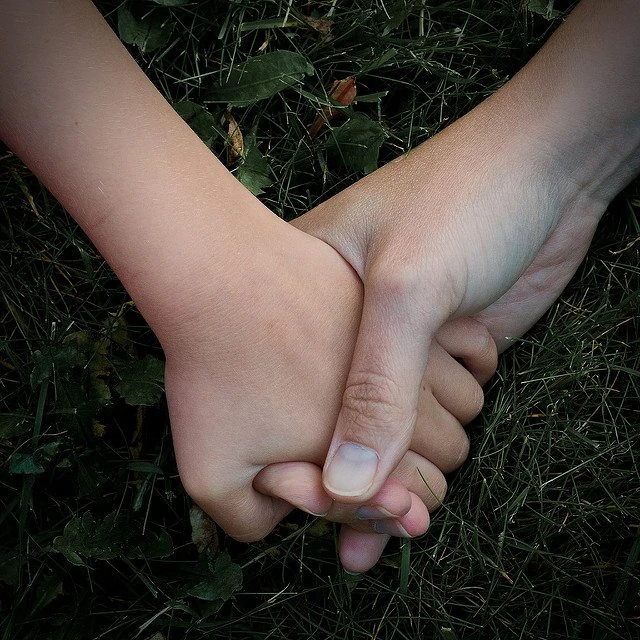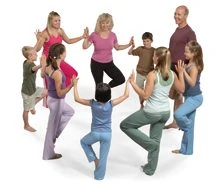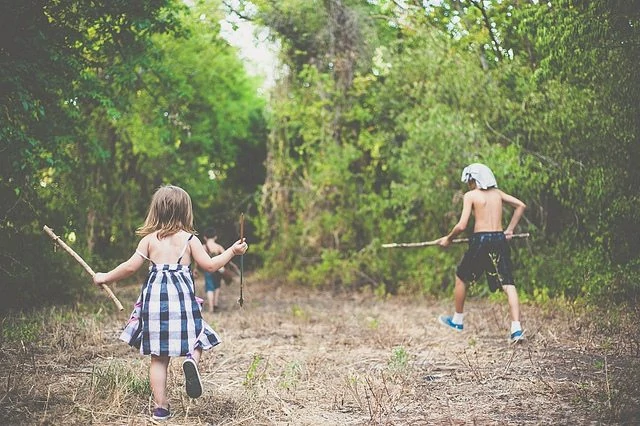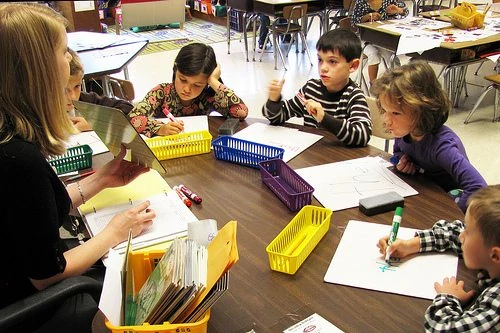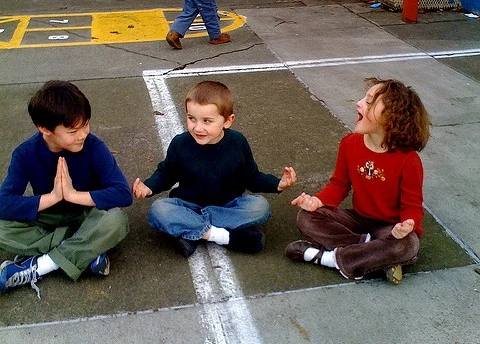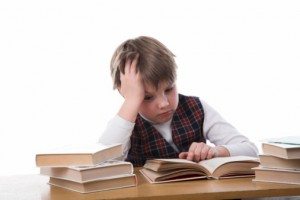
“Now, in addition to teaching students fractions and conjunctions, many educators are increasingly grappling with how to address social and emotional skills like collaboration and students’ sense of belonging—trends that are even making their way into nationwide criteria by which schools are evaluated.”
As we noted before, the latest education bill, ESSA, actually requires states to include non-academic measures with their student assessments, not just test scores. Even legislators can no longer deny the evidence that both book learning and social-emotional learning are critical to child’s education.
The bad news? (You knew it was coming.) Things are already getting weird.
Not Everything That Counts Can Be Counted
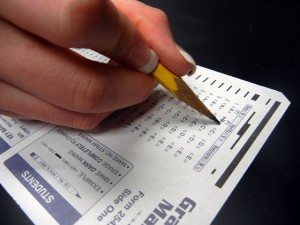
“on how well they have learned the kind of skills like self-control and conscientiousness that the games aim to cultivate — ones that might be described as everything you should have learned in kindergarten but are still reading self-help books to master in middle age.”
Naturally, other districts are watching. And experts are objecting and urging caution.
“There are so many ways to do this wrong,” said Camille A. Farrington, a researcher at the University of Chicago who is working with a network of schools across the country to measure the development of social-emotional skills. “In education, we have a great track record of finding the wrong way to do stuff.”
SEL is the right stuff. We know this. And you have to wonder – perhaps even worry – if clumsy implementation might lead to its dismissal as a critical part of education.
As the saying goes, not everything that counts can be counted.
SEL is almost inherently unquantifiable. Yet the modern education system currently remains dependent on the quantifiable for the sake of ensuring their share of seemingly ever decreasing resources.
The last thing kids need is more testing. What they do need is what’s increasingly referred to as “grit” – a term popularized by University of Pennsylvania psychologist and MacArthur Fellow Angela Duckworth.
Grit Is Great – But Kids Need More
What’s “grit”? A kind of combination of resilience and stick-to-it-iveness that motivates and helps create successful outcomes. As Duckworth explained in an interview for Educational Leadership,
“grit is not just having resilience in the face of failure, but also having deep commitments that you remain loyal to over many years.”
And her research has impressively shown that higher grit scores translate to higher grades, while higher grades have been more predictive of college achievement than standardized test scores. Grit also seems to explain nicely why some very intelligent and talented students fail at school and why more average students can excel.

Grit is primarily an individual – and individualistic – skill. But though each of us is an individual, we live our lives with others, depending on others.
Schools have never been just about education. They are also agents and arenas of socialization. When we fail to nurture social and emotional skills in children, we lose more and more of our ability to work together to solve the very real problems we face in these still early years of the 21st century.
Grit is important, but alone, it’s is not enough. As Aisha Sultan pointed out in a powerful essay for The Atlantic, an overemphasis on grit can make us blind to situational and structural barriers to children’s thriving, especially trauma that increasing numbers of students are dealing with these days.
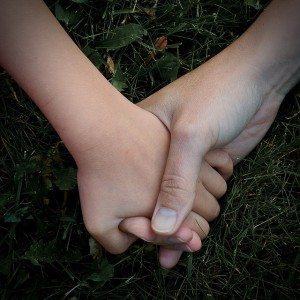
We must look beyond ourselves. We must act where we see injustice. We must offer care where others are suffering.
This takes grit. It takes empathy. It takes communication. It takes love.
Images by wecometoloearn, biologycorner,
tlc, & Wolfman-K, via Flickr

